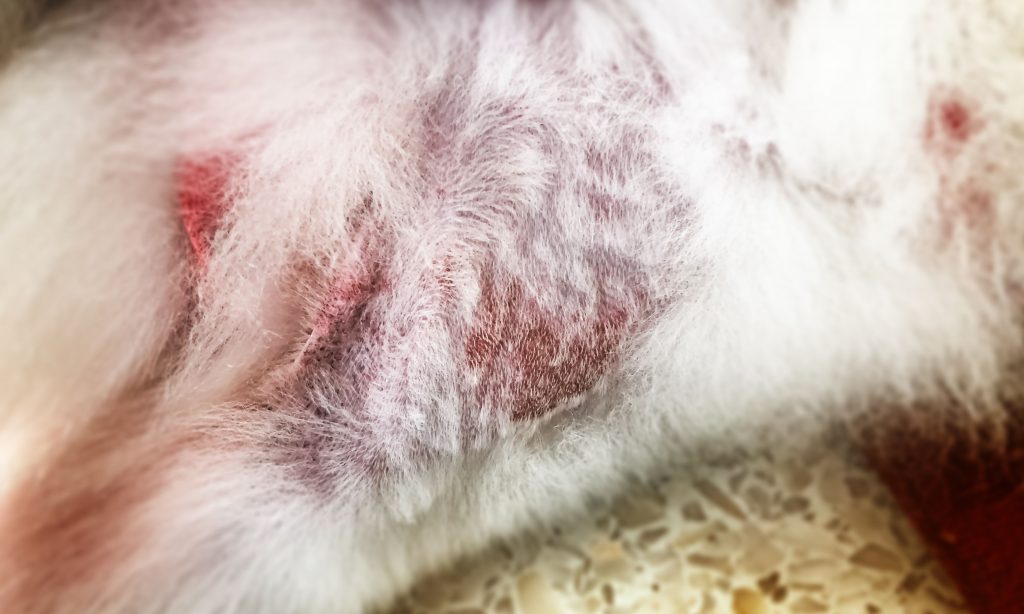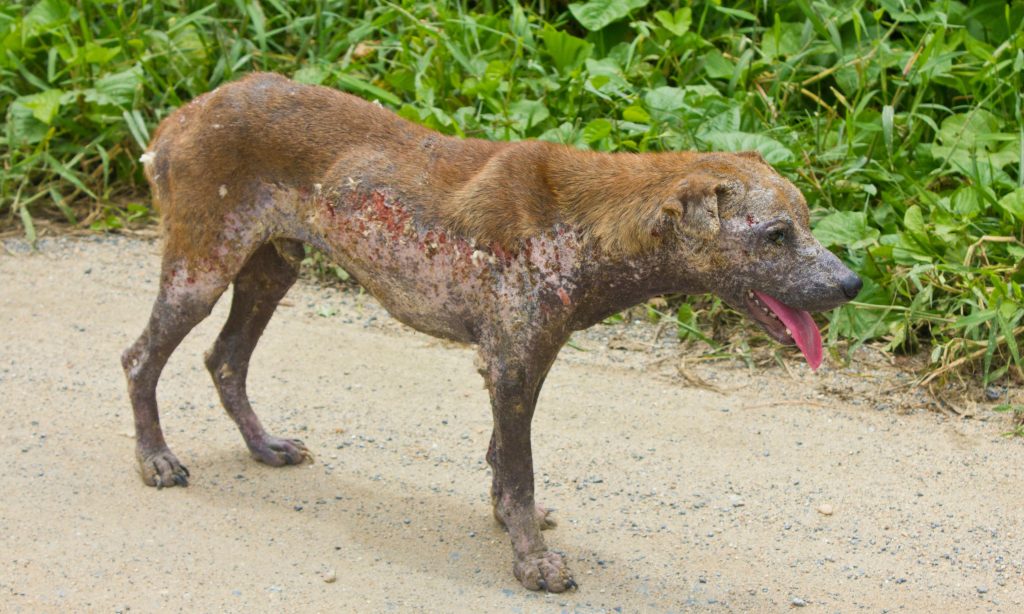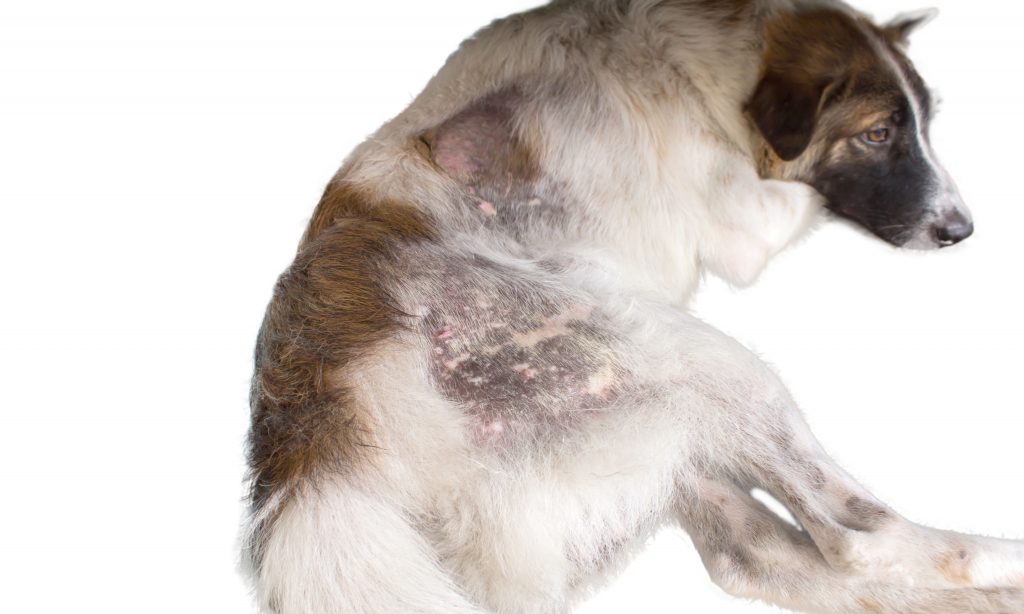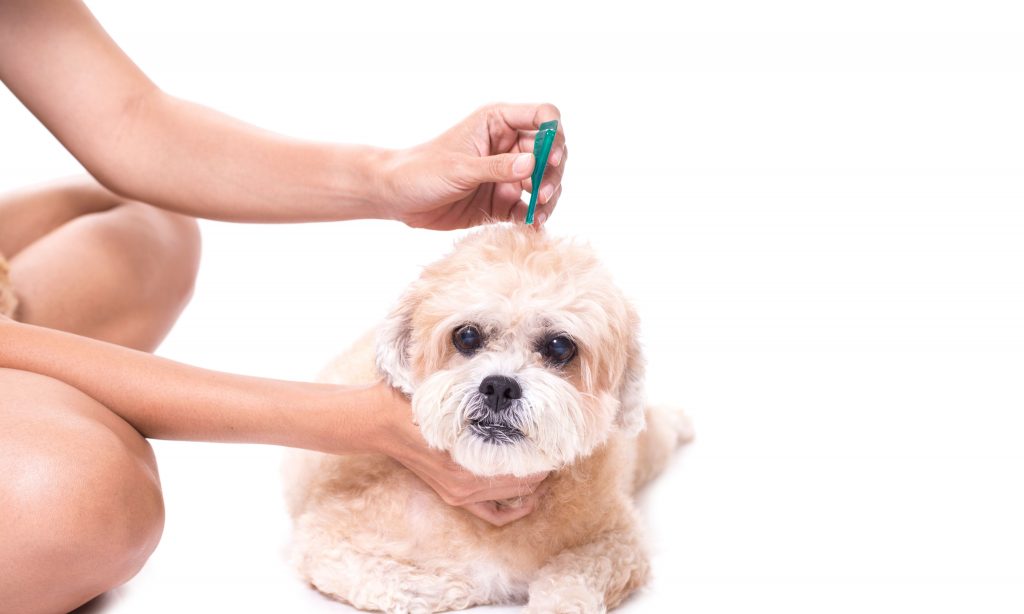It aims to educate pet owners about the causes, symptoms, and treatments for various skin conditions that can affect dogs so that they can take appropriate action to keep their pets healthy and comfortable.

As a pet owner, it’s important to be aware of the various skin problems that can affect your dog. From itchy hot spots to dry, flaky skin, these conditions can be uncomfortable for your furry friend and can also be a sign of a more serious underlying issue. In this guide, we’ll take a closer look at some of the most common dog skin problems and provide tips on how to prevent and treat them.
Hot Spots:
Hot spots, also known as acute moist dermatitis, are red, inflamed areas of skin that can be itchy and painful for your dog. They are most often caused by excessive licking, chewing, or scratching, and are more common in dogs with long hair.

Prevention
To prevent hot spots, keep your dog’s coat trimmed and groomed, and address any underlying skin conditions or allergies.
Treatment
To treat hot spots, keep the area clean and dry, and use a topical antibiotic or anti-inflammatory medication as directed by your veterinarian.
Allergic Dermatitis:
Allergic dermatitis is a common skin condition in dogs that can be caused by a variety of allergens, such as food, pollen, or flea bites. Symptoms include itching, redness, and hair loss.

Prevention
To prevent allergic dermatitis, identify and eliminate the allergen if possible, and use a flea and tick preventative.
Treatment
To treat allergic dermatitis, your veterinarian may recommend a combination of antihistamines, steroids, and fatty acid supplements.
Yeast Infections:
Yeast infections are caused by an overgrowth of the fungus Malassezia, which is normally found on the skin. Symptoms include itchy, smelly skin and ears. Yeast infections are more common in dogs with floppy ears or skin folds.

Prevention
To prevent yeast infections, keep your dog’s ears and skin folds clean and dry.
Treatment
To treat a yeast infection, your veterinarian may recommend an antifungal medication, such as clotrimazole or miconazole.
Sarcoptic Mange:
Sarcoptic mange, also known as scabies, is a highly contagious skin condition caused by a microscopic mite. Symptoms include intense itching, hair loss, and crusty skin.

Prevention
To prevent sarcoptic mange, keep your dog away from infected animals and use a monthly preventative medication.
Treatment
To treat sarcoptic mange, your veterinarian may prescribe a medication such as ivermectin or selamectin, as well as a medicated shampoo.
Dry, Flaky Skin:
Dry, flaky skin can be caused by a variety of factors, such as poor nutrition, lack of grooming, or low humidity.
Prevention
To prevent dry, flaky skin, feed your dog a high-quality diet, groom them regularly, and use a humidifier in dry climates.
Treatment
To treat dry, flaky skin, your veterinarian may recommend a fatty acid supplement or a medicated shampoo.
Conclusion:
It’s important to be aware of the various skin problems that can affect your dog and to take action to prevent and treat them. If you notice any unusual symptoms or changes in your dog’s skin, it’s always best to consult with your veterinarian for proper diagnosis and treatment. Remember that early detection and treatment are crucial in maintaining your dog’s skin health and overall well-being.

Frequently Asked Questions:
What are some common dog skin problems?
Some common dog skin problems include hot spots, allergic dermatitis, yeast infections, sarcoptic mange, and dry, flaky skin.
What causes hot spots in dogs?
Hot spots are typically caused by excessive licking, chewing, or scratching, and are more common in dogs with long hair.
How can I prevent my dog from getting hot spots?
To prevent hot spots, keep your dog’s coat trimmed and groomed, and address any underlying skin conditions or allergies.
What are the symptoms of allergic dermatitis in dogs?
Symptoms of allergic dermatitis in dogs include itching, redness, and hair loss.
How can I prevent my dog from getting allergic dermatitis?
To prevent allergic dermatitis, identify and eliminate the allergen if possible, and use a flea and tick preventative.
What causes yeast infections in dogs?
Yeast infections are caused by an overgrowth of the fungus Malassezia, which is normally found on the skin.
How can I prevent my dog from getting a yeast infection?
To prevent yeast infections, keep your dog’s ears and skin folds clean and dry.
What is sarcoptic mange, and how is it treated?
Sarcoptic mange is a highly contagious skin condition caused by a microscopic mite. It is treated with a medication such as ivermectin or selamectin, as well as a medicated shampoo.
What causes dry, flaky skin in dogs?
Dry, flaky skin can be caused by a variety of factors, such as poor nutrition, lack of grooming, or low humidity.
How can I prevent my dog from getting dry, flaky skin?
To prevent dry, flaky skin, feed your dog a high-quality diet, groom them regularly, and use a humidifier in dry climates.



